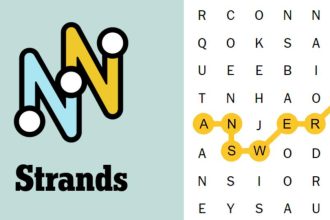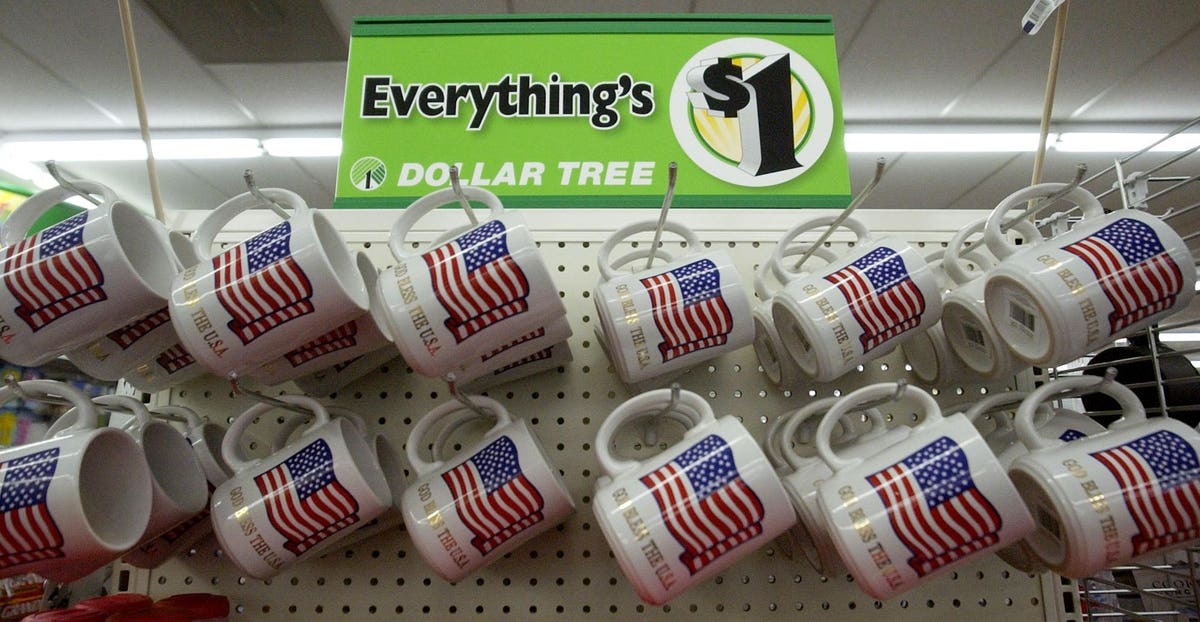Back in 1947, Chuck Yeager broke the sound barrier. Now, almost 80 years later, the thought of going Mach 1 is about as pedestrian as Tom Cruise doing the very same thing for Top Gun: Call Sign Geriatrics.
Unfortunately, the very same thing could also be said for the $1 hook of the proverbial “dollar store.”
Last week, according to Winsight, Dollar Tree
DLTR
Given that its biggest competitor, Dollar General
DG
The answer to that question lies somewhere between “Hell Yes” and “Duh.”
The move is an absolute no brainer for a number of reasons.
First, Dollar Tree has already probed beyond the single $1 price point.
In an effort the company creatively termed “Breaking the Dollar” or BTD, Dollar Tree moved its prices up to $1.25 back in 2021. “That leap to $1.25 was painful, but it’s done now, and it’s time for us to capitalize on it,” Rick Dreiling, Dollar Tree CEO, reportedly told investors in the very same meeting in which the company also announced its latest pricing plans.
Second, today’s $1 is tomorrow’s $3 or $5.
When Dollar Tree was founded way back in 1986, the $1 marketing hook meant something. It was easy to understand and connoted one hell of a value.
But now things are different.
Dollar stores as a concept have been around for decades, there are literally tens of thousands of them spread all across the country, and, as a result, they are oftentimes a vital cog in the lives of many Americans. So it is only natural for both Dollar Tree and Dollar General to want in on the same piece of the action that the mass discounters like Walmart
WMT
TGT
Third, when has a strategy like this ever not worked?
In fact, it is a card carrying axiom of Harvard Business School Professor Clayton Christensen’s Theory of Disruptive Innovation – i.e. it is an example of when a company “uses a low-cost business model to enter at the bottom of an existing market and claim a segment.”
The reason Dollar General and Dollar Tree are both pursuing the same path is because it is Walmart’s and Target’s likely overpriced market share that is at stake. In fact, Target’s Bullseye Playground, for example, where everything is on sale at the front of the store for under $5, could not be more ironically named.
All of which leads to the lesson to be learned here – that strategy is never static. There are no laurels upon which to rest. During a time of inflation, when holding true to a marketing handle some 40 years in the making, could have been seen by many as strong conviction in the face of pressure, Dreiling and his team instead saw the situation as a serendipitous opportunity to explore just how powerful their business model could become.
All Dollar Tree needed was the right macroeconomic context within which to experiment.
Lesser leaders may have given into historical inertia, but real leaders always find a way to break through barriers.
Read the full article here





